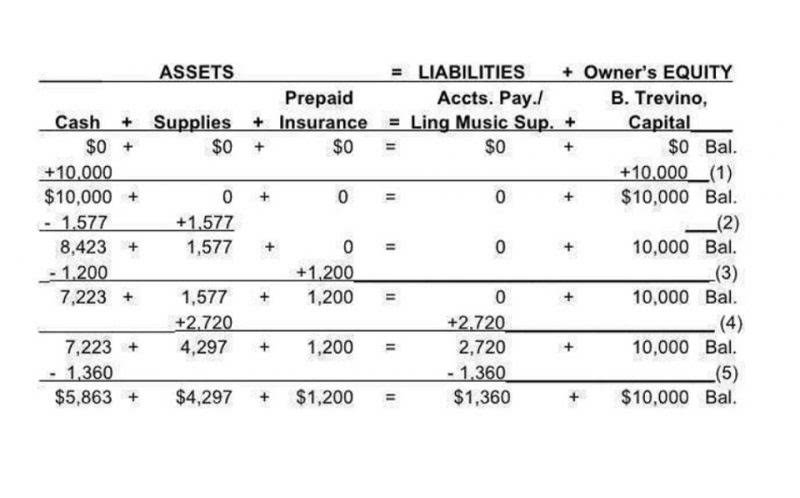Content

Cash flow forecasting is a valuable tool in your strategic business development arsenal, making it possible for you to plan for the future and evaluate your performance relative to your predictions. Cash flow forecasts are affected by various factors like economic volatility and limited historic data that contribute to increasing the variance in forecast and hindering decision making.
Forecasting future cash flow is one of the most challenging tasks when running a business. The patterns of your finances dictate nearly every motion of your business—and if they’re not kept under a sharp eye, they can get away from you. Cash flow forecasts assist business owners in managing their organization’s liquidity and ensure the business has the cash to meet its obligations. Be honest about your finances when tracking and budget tracking to safeguard against issues developing.
What Is Free Cash Flow?
Cash flow forecasting enables businesses to do strategic planning. While negative cash forecasts may require strategic decisions to boost inflows and cut outflows, positive cash flows can provide extra investment opportunities to expand the business further.
If you’re still unconvinced on the merits of creating a cash flow projection, check out some of the benefits. There are numerous benefits to creating a cash flow projection, with little in the way of downsides. Even prep time is minimal, with a basic cash flow projection often taking less than an hour to prepare once you get the hang of it. Once you have your numbers prepared, simply subtract the total funds that are likely to be spent from the cash that is likely to be received to arrive at the month’s cash flow projection. This is an estimate of your anticipated sales , revenue, grants, or loans and investments. Send invoices, get paid, track expenses, pay your team, and balance your books with our free financial management software. Consider things like raw materials, rent, utilities, insurance, and other bills.
How Do You Do A Cash Flow Forecast?
We recommend using a combination of the three to enable optimal analyses. Any payments you make on loans should also be included in your forecasted cash outflow.

Or, upon getting clear on your cash outflows, you may decide you need to reduce costs. Your cash flow forecast impacts everything from the owner’s pay level to the marketing budget. Cash outflows document the money leaving your business, such as inventory costs, the electric bill, that loan payment, and paying your employees and contractors.
Analyzing Projected Cash Flow Statements
If you’re ready to start calculating projected cash flow for your business, start gathering some historical accounting data. Understand the need for forecasting at your company, and learn the areas where it can provide its benefits. Input daily fixed and variable expenses and ensure it is https://www.bookstime.com/ up-to-date so that forecasting can be done accurately. Forecasting helps in reserving money or borrowing loans for cash deficit situations. Cash flow forecasting, an important aspect of financial management.Read our blog and learn more about the common mistakes of cash flow forecasting.
In the direct cash flow forecasting method, calculating cash flow is simple. Just subtract the amount of cash you plan on spending in a month from the amount of cash you plan on receiving. If the number is positive, you receive Cash Flow Projections more cash than you spend. If the number is negative, you will be spending more cash than you receive. Indirect cash flow forecasting covers the long-term and is based on forecasted income statements and balance sheets.
Join 446,005 entrepreneurs who already have a head start.
Consequently, new forecasts are sometimes created in response to actual results and other external impacts in the business environment. Next, do the same with outflows, including anticipated expenses such as loan payments, vendor expenses, payroll, and estimated taxes in your calculations. When planning and projecting your cash flow, remember that if you have investors, they’ll want to see high potential for ROI.

